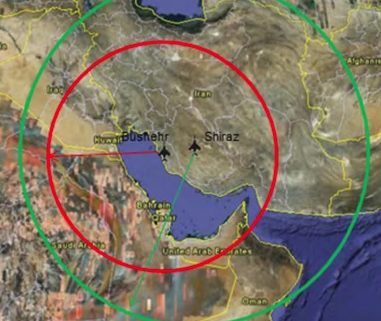As I write this post, nuclear negotiations with Iran are nearing a conclusion. I have no idea whether a deal will successfully be made or not.
During the heated debate about the wisdom of a negotiated settlement, I’ve noticed an almost complete lack of informed opinion about military options. I have a nagging suspicion that few involved in this controversy have actually thought through what military strikes would look like.
One group of people who have thoroughly examined this issue is the Center for Strategic & International Studies (CSIS). A well-respected Washington DC think tank, they have published “Analyzing the Impact of Preventive Strikes Against Iran’s Nuclear Facilities.”
CSIS’s comprehensive analysis contains highly detailed scenarios of military actions against Iran and their aftermath. The report is a bit dated (2012), but it’s the best analysis that I have encountered. You can download or read it here.
In brief, CSIS is not enthusiastic about using military strikes to destroy Iran’s nuclear capabilities. The three big lessons I draw from the report are:
- Only the US can use military force to significantly hinder the Iranian nuclear program. Israel does not have and never has had the capability to do so.
- The most plausible military actions against Iran are unlikely to affect its nuclear program for more than a few years.
- Even limited military actions could lead to severe consequences for virtually the entire world. There is no way of estimating accurately the full scale of these consequences.
One person whose views fueled CSIS skepticism is the legendary General James Mattis. You can read his opinion here.
Some of you might dispute the report’s conclusions. Whether or not you agree with CSIS, powerful people take this sort of analysis seriously, and plan accordingly. I strongly recommend you at least take at least a brief look at the entire report.









